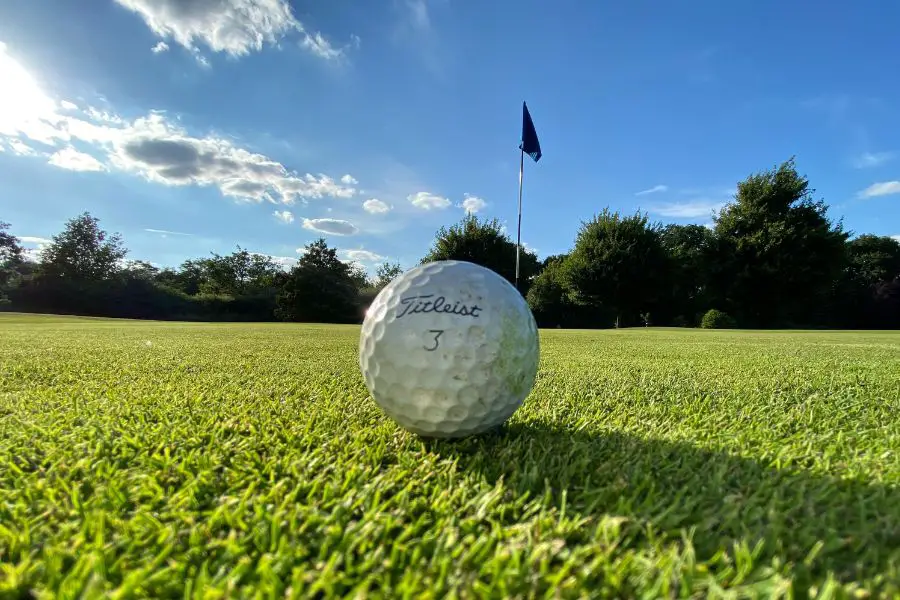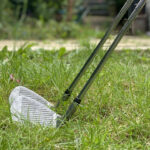Asking whether golf balls can get waterlogged isn’t quite the same thing as asking whether or not they actually do.
A golf ball is a carefully constructed item, with such things as weight and design protected by the stipulations of the industry. A thoroughly waterlogged ball would be likely to have a substantial affect on the course of play.
Thus it is important to fully understand the dynamics of the golf ball and what, if anything, might affect its performance.
A simple creation though it is, the golf ball in its own way can actually be thought of as a somewhat complex piece of equipment. Unlike the very first golf balls, which were made of wood, and slightly later models which were made of leather, the modern ball is made either of urethane or of Surlyn, and is structured in multiple layers.
Specifically, this might involve either one, two or three layers of rubber within surrounded by a dimple pattern on a hardcover.
On the surface of it, the golf ball cover appears waterproof. In reality however, the protective coating is generally speaking water resistant rather than waterproof and, given enough opportunity, water will be able to penetrate towards the inner layers through small holes in the outer shell which are not usually visible to the naked eye.
Are There Different Types of Golf Ball?
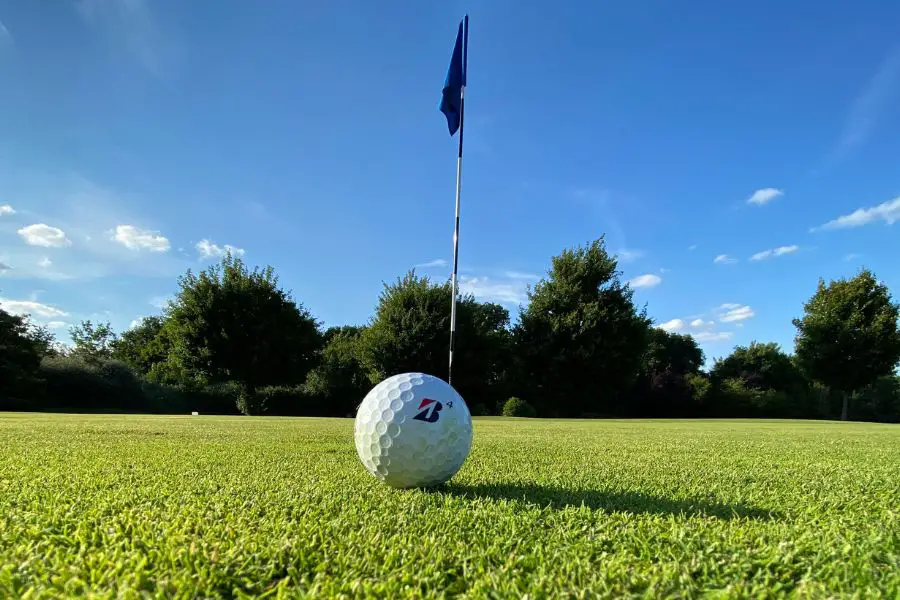
The measurements of a golf ball are consistent, and are set according to USGA regulations – a minimum weight of 1.62 ounces and a minimum diameter of 1.68 inches. However, subject to those requirements there are a number of types of golf ball which are used according to the standard of game which is being played.
The advanced ball, also known as the tour golf ball, is intended for use by professional golfers, or by amateurs with a swing speed in excess of 100 mph. It has a soft outer layer and is designed to allow for maximum spin.
By contrast, the recreational or “novice” ball is intended for use by less proficient players, and those with slower swing speeds. Practice or “range” balls are as the name suggests, and recycled or refurbished balls are returned for repeated use after having been taken out of circulation.
All of these types of golf ball will resist incursion by water, but all golf balls can potentially get waterlogged if the conditions are such that they are immersed for an extended period.
How Long Can a Wet Golf Ball Resist Water Damage?
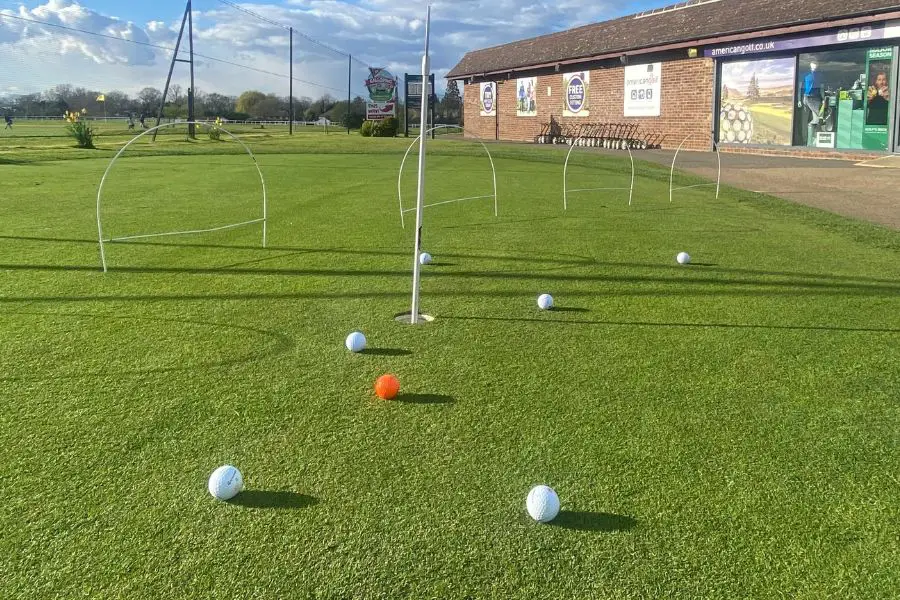
A golf ball is unlikely to become water damaged during conventional play, even in conditions of severe rain. Such is the design of a golf ball that it would require a good few hours of immersion in a pond or any other such body of water for sufficient penetration to take place.
Furthermore, there is a difference between old golf balls and a new golf ball when it comes to how quickly water penetrates.
A brand new golf ball, when submerged, has the advantage of having sustained no cuts, scratches or indentations as a result of play. Thus it is likely to be less water permeable than an old golf ball which has been battered and beaten.
Some golfers have reported using a new ball which has been in water even for a few months without any obvious deleterious affect upon its performance.
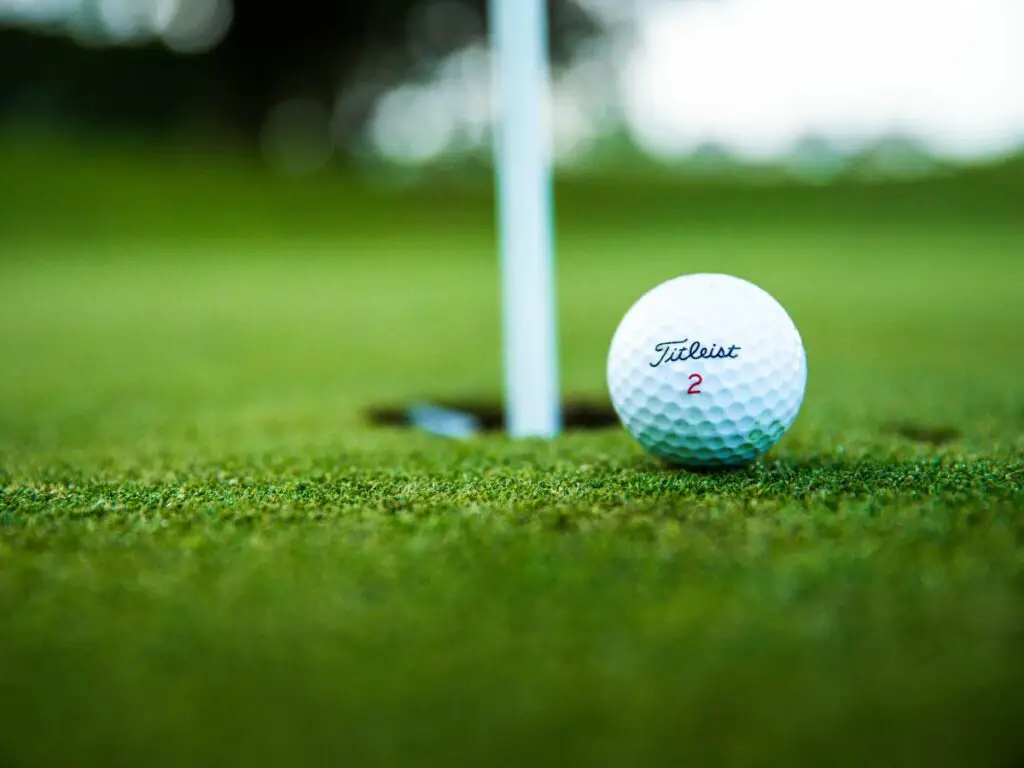
Used balls on the other hand are more vulnerable, and typically water affects them far more quickly. When old golf balls end up in the water even just for several hours, there can be a marked deterioration in the golf ball’s performance thereafter.
In essence, the amount of resistance to water damage offered by any golf ball will vary according to the construction, and the condition, of the ball. The core material of a ball, no matter how many layers thick, will potentially suffer if it is left exposed for too long.
But the golf ball is of a hardy design and is made to withstand a not insignificant amount of moisture.
What Effect Does a Waterlogged Golf Ball Have on Play?
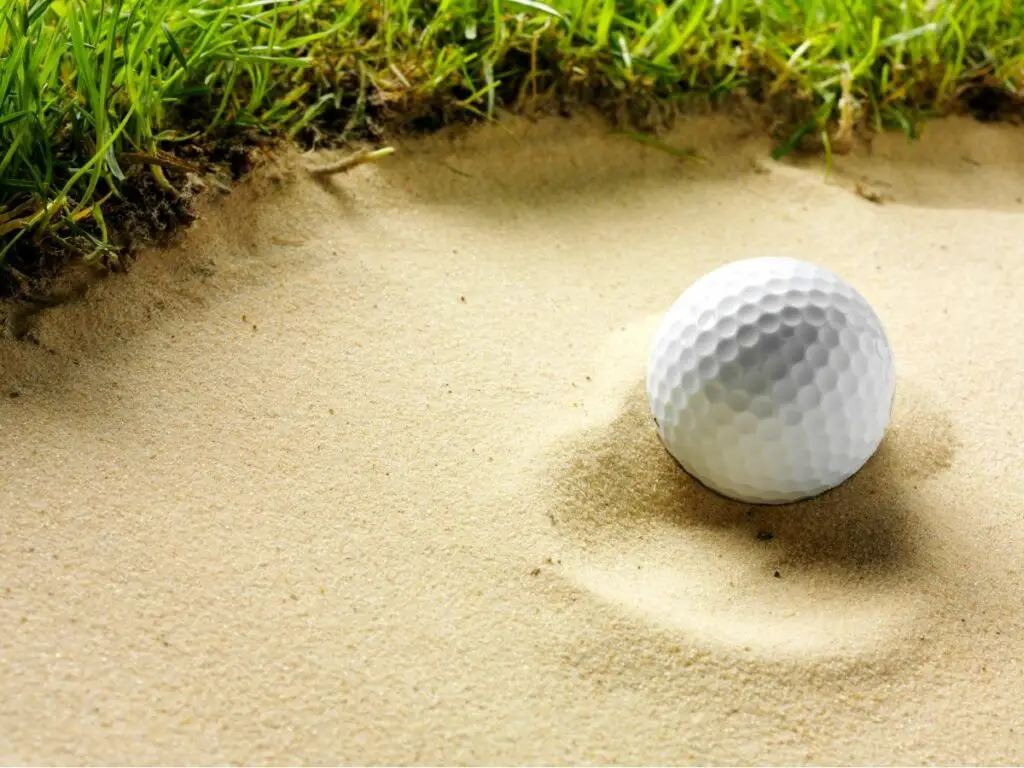
When the ball core is eventually permeated by water, it loses a great deal of its spring effect which causes it to fly. This causes the ball to lose distance, even when the ball has ostensibly dried out.
A golf ball that has been damaged by water will typically have a total mass which is considerably higher than that of brand new golf balls. This additional weight will undoubtedly affect the driving distance and trajectory of a ball, potentially altering the outcome of a game.
This having been said, the difference in performance between old balls damaged by water and new balls that have remained unsullied should not be overstated.
A university-led study by Golf Ball Divers tested balls which had been submerged in water for up to five months and concluded that any difference in performance compared to that of a new ball was negligible. We are certainly not talking about a massive decrease.
All the same, in golf the margins between success and failure can be fine and anything which impedes performance even slightly should perhaps be avoided.
So are Lake Balls Worth Purchasing?
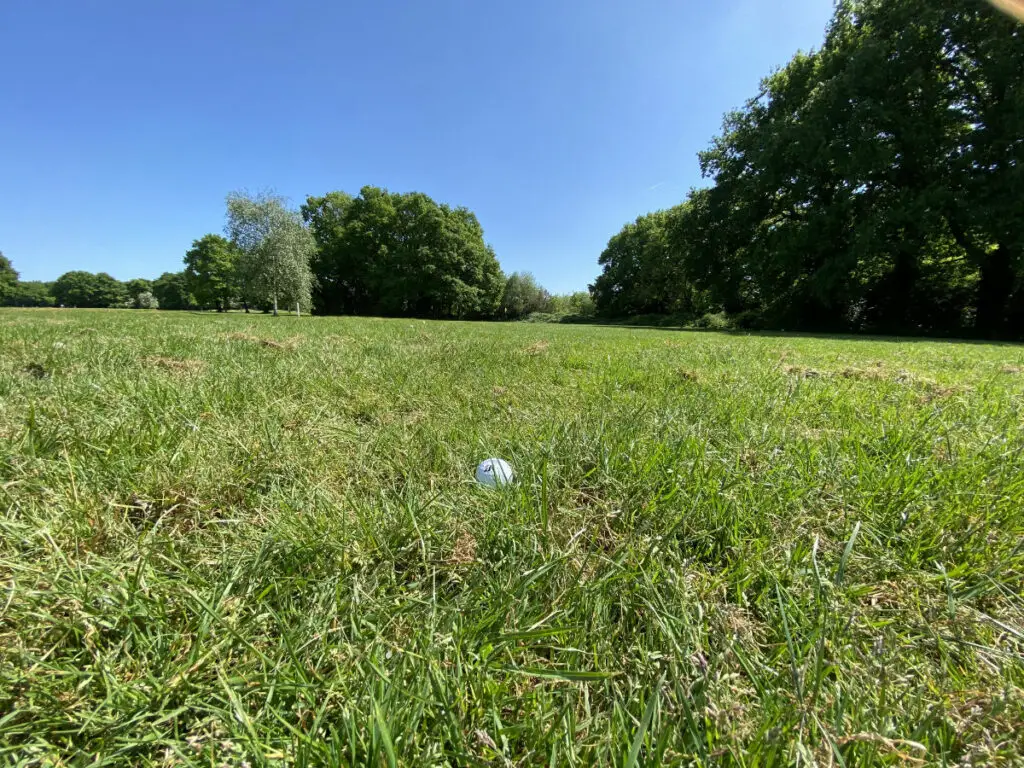
New golf balls are not cheap to keep buying and replacing. When you have green fees, club memberships, golf shoes, clothing and all the necessary playing equipment to fork out for, another fifty dollars every time another box of balls is needed does seem like something of an indulgence.
That is why fishing old balls out of a pond or lake can be good business for golf ball divers, and the appeal in doing likewise is easy to understand.
Before resorting to potentially waterlogged balls in order to save on costs, it is worth stopping to consider a few things.
Firstly, how long have they been under water? We know that modern golf balls can resist immersion for some time before becoming adversely affected as water seeps in only very slowly.
Second, were they new balls to begin with, or were they already vulnerable to water damage?
And lastly, what do you need them for? Are they for practice or for leisure, or will you be competing at a serious level?
If you are a pro golfer, that little bit of lost distance may make all the difference to the eventual outcome of a game.
Is a Refurbished Ball Different to a Waterlogged Ball?
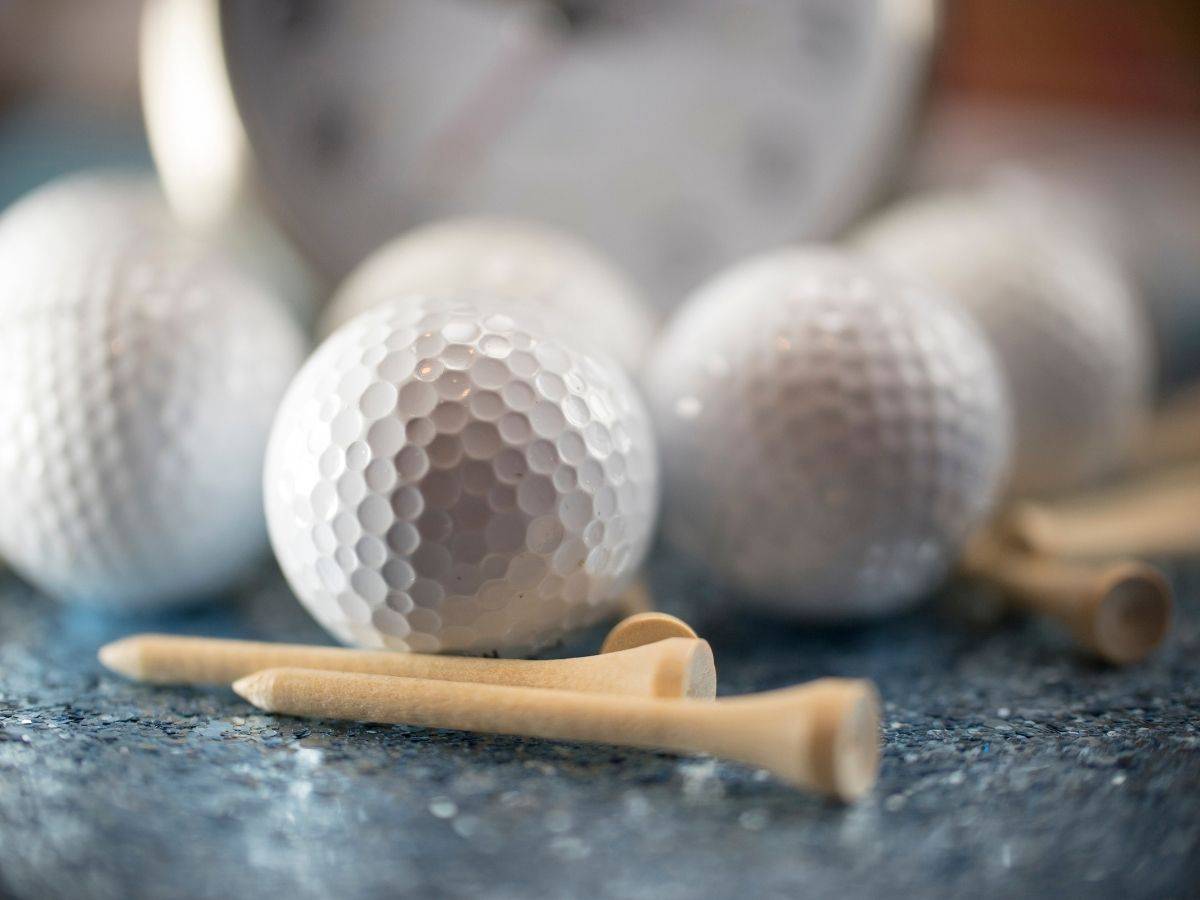
A refurbished golf ball has its outer shell sandblasted off and replaced with a cover to match how it looked originally. It will have all the consistency of its first incarnation and its original shape.
However unless you are able to trust the information that you are given you will not be able to know for certain whether or not it has been retrieved from the water.
Refurbished balls look new, but in terms of performance they are no better value than using used golf balls – and potentially more expensive.
Refurbishing a ball does not guarantee its quality, and no service history is provided to guarantee against water damage.
So Can Water Ruin Golf Balls?
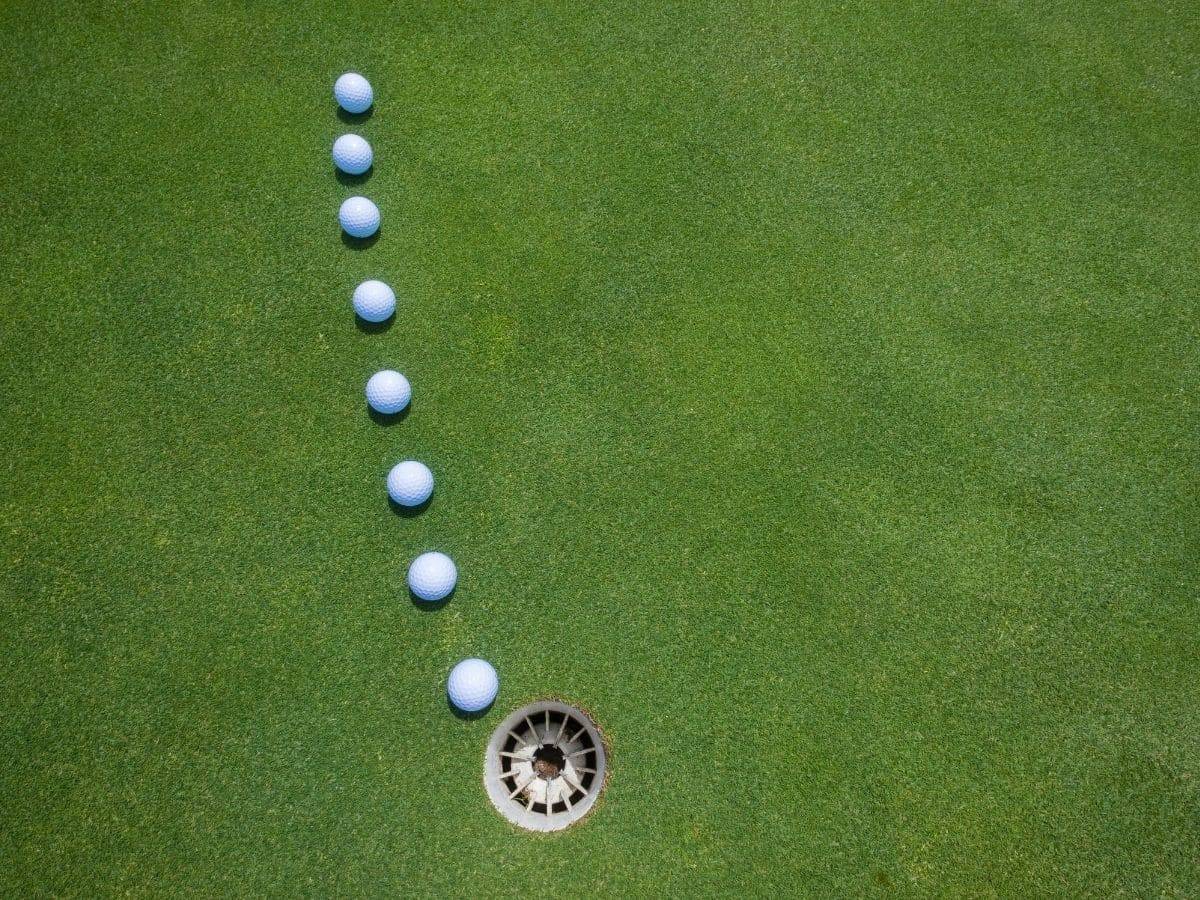
The answer appears to be that it can, but that the modern manufacturing process makes any such permanent water damage difficult.
With research suggesting that the ball’s outer layers protect it for at least five months and possibly beyond, it is difficult to make a case for continuing to source brand new golf balls every time, unless of course money is no object.
Modern balls seem to hold their own for quite an extraordinary amount of time.
What it comes down to is whether you are prepared to take a chance; whether the loss of distance which may occur when playing golf with waterlogged golf balls is a chance work taking in order to save time or money.
There is no right or wrong answer when it comes to which balls you ought to be taking to the golf course, it is essentially a matter of personal choice based upon the facts as we have them.
A ball’s performance may or may not be affected by water damage, and the difference may or may not be worthy of being taken into account. When most golf balls get waterlogged their inner layers may become compromised, but the jury is still out as to how big an issue that truly is.
What is most important is that you play with golf balls in which you feel you can have confidence.
